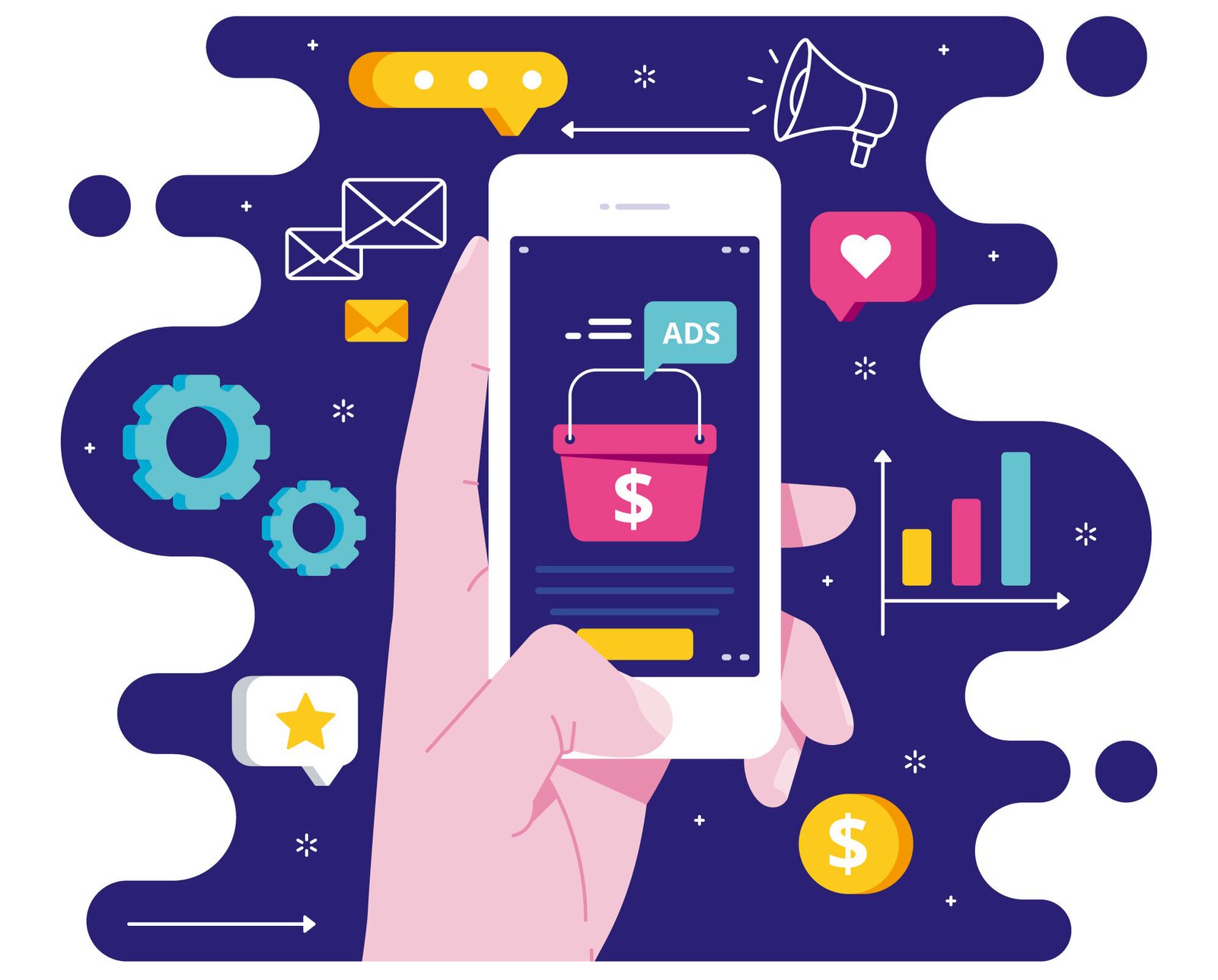Mobile marketing leads digital strategy as we move toward 2026, as companies that adapt to mobile-first approaches will see clear competitive advantages. Those who adapt slowly risk falling behind in the market. The numbers tell a compelling story—80% of consumers shop using smartphones, yet mobile conversion rates sit at 2.7% compared to desktop’s 4.4%.
Success requires multiple strategies working together—SMS marketing delivers exceptional returns, while location-based tactics create relevant customer experiences. Voice search optimization helps meet changing customer needs, and personalized campaigns significantly boost customer involvement—creating mobile-friendly content with easy-to-read text, optimized media, and user-friendly navigation that increases conversion rates.
Modern tools make these strategies easier to handle. AI platforms now automate complex decisions for millions of potential ad placements. Geofencing technology allows businesses to connect with nearby customers at the perfect time. Analytics and heatmaps show exactly how users interact with mobile platforms, leading to constant improvements.
Tracking results is essential. Observing actions beyond app installs can show more about how users behave, running A/B tests replaces guessing with choices based on data, and watching cross-device activity reveals how people move between gadgets during their journey. Using live analytics enables fast updates to ads and prevents wasted money.
Mobile marketing is no longer just another tool—it’s where most customer attention happens today. Companies that master these strategies can expect higher returns in 2025 and beyond. As the mobile shift accelerates, businesses that embrace it will thrive in the digital future.





